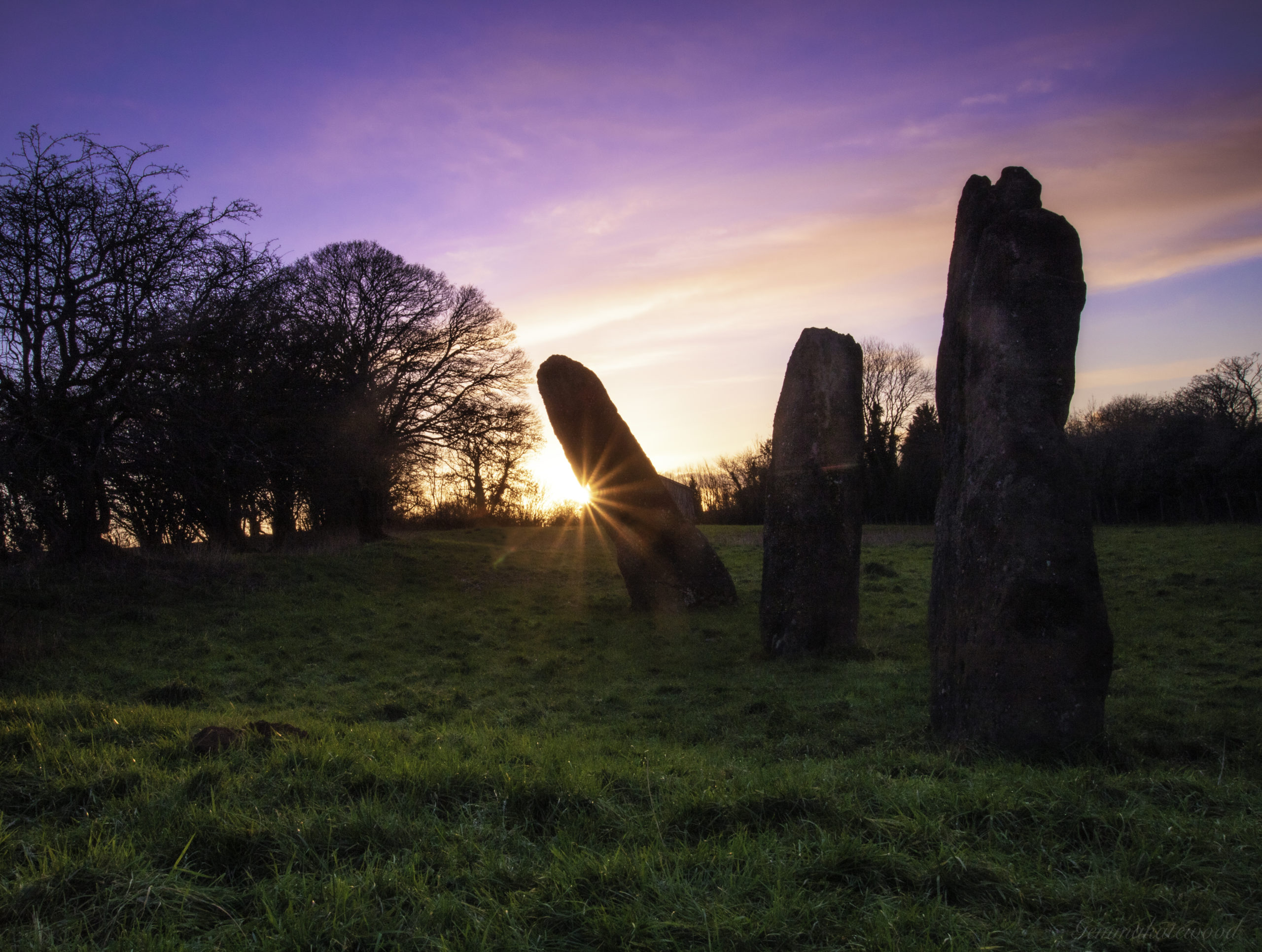The Wye Valley National Landscape is peppered with sacred and cultural meaning – reminders that through millennia people have been drawn to peaceful places of inspiration beside the river and to other water features such as springs and wells.
The area is dotted with sites which have strong historical links to the early Celtic (British) Church. Christianity was introduced here by the Romans and when they left, around AD 410, their centralised system of political control was replaced in Wales with a series of small kingdoms. The Welsh kingdom of Ergyng (Archenfield) stretched across what is now southern Herefordshire, from the Black Mountains to the river Wye and to the south down the Wye Valley. Welsh was spoken across this area and Welsh place names, in what is today England, reflect the changing boundary.
Ergyng became a stronghold of the old Celtic church, one of its last outposts in Britain. Christianity survived here because it was remote from the invading Saxons, who brought Germanic paganism to England in AD 449. Many hamlets and villages grew out of the tiny religious ‘cells’ men and women founded in the 5th and 6th centuries. By the 6th century a Bishop called Dyfrig led the Christian community here. He seems to have played an influential role in ensuring that the Celtic church’s faith and traditions flourished in the borderlands beside the Wye. This was at least a century before St Augustine was sent by the church in Rome, in AD 597, to spread Christianity in Britain.
Hints of early Celtic church sites can be found in local place names. ‘Llan’ is the old Welsh word for a cemetery or church, suggesting early Christian activity at places such as ‘Llandogo’ or ‘Lancaut’. The dedication of a church to a Celtic saint hints that a church was there before Norman times. Circular churchyards, slightly raised above the surrounding ground, and nearby springs and holy wells are also thought to indicate early Christian activity.

On the edge of the villlage of Trellech are three standing stones running in a row northeast to southwest. They would have originally been upright but now they all are leaning, but even so the tallest is over 3m high. They have been crafted out of ‘Trellech Treacle’ or ‘puddingstone’ as the local conglomerate is known. Thought to be Bronze Age, but possibly older and could be dating to the Neolithic, but the site has not been excavated.